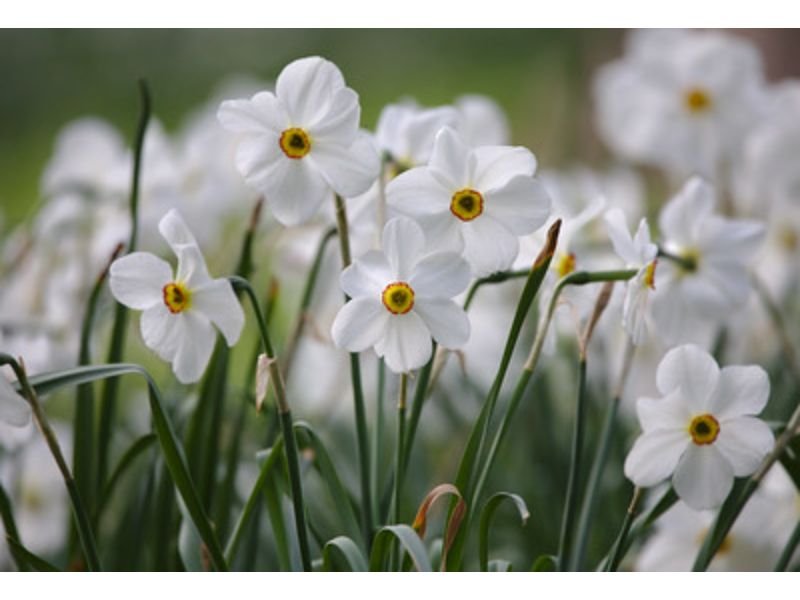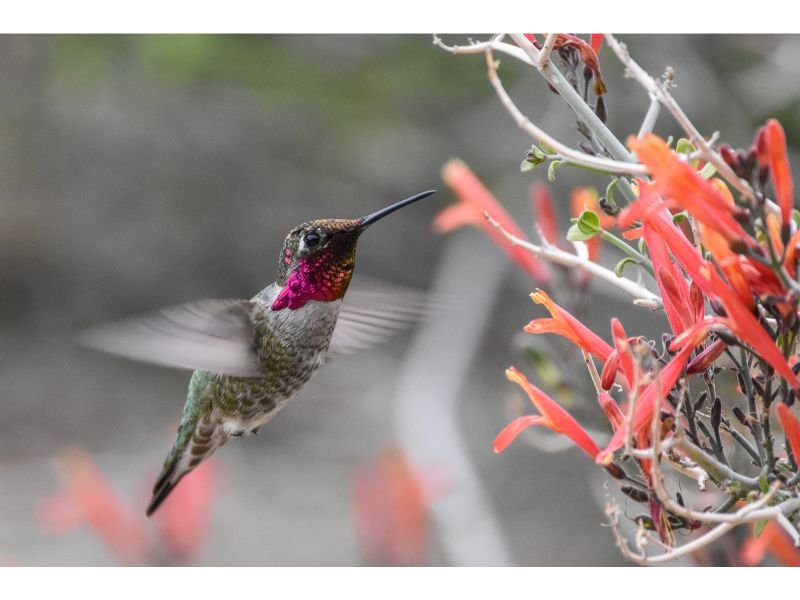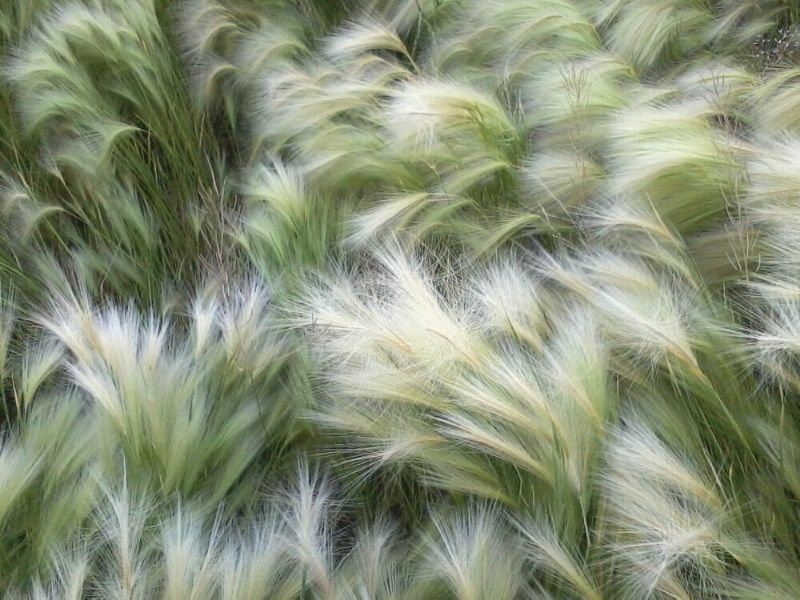If you want to keep your anemone serenade flourishing or are simply curious about the flowering plant, we’ve got you covered! From planting to fertilizing, maintaining this delicate flower is not as difficult as it might seem. So gather all your attention and get ready to become a master of anemone serenade flower care.
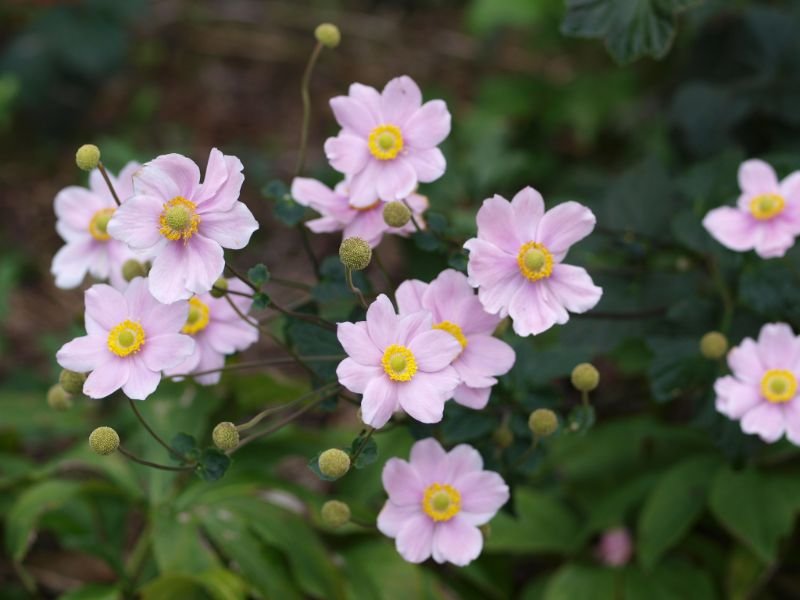
Table of Contents
Anemone Serenade Plant Characteristics
Common Name(s): Japanese anemone, Japanese anemone serenade, serenade anemone
Scientific Name: Anemone x hybrida ‘Serenade’
Family: Ranunculaceae
Plant Type: Herbaceous perennial
Country of Origin: China
Natural Habitat: Meadows, stream banks, forest understories
Size: About 36 to 42 inches (90 to 106 centimeters) tall and 24 to 36 inches (60 to 90 centimeters) wide
Toxicity Level: Mild
Color(s): Bright purplish-pink, soft pink, whitish-pink
What Makes Anemone Hybrida Serenade Intriguing?
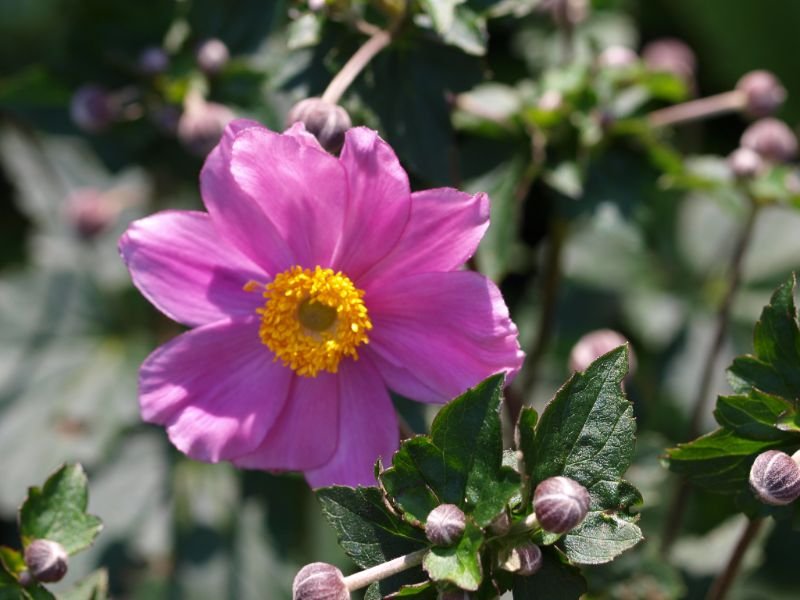
With their appearance, anemone serenade is sure to turn heads in any garden and landscape. In contrast to most anemone species, this plant features double-layered petals that are somewhat ruffled, just like a ballerina’s tutu! Another plus point about serenade Japanese anemones is that they’re a low-maintenance plant that requires minimal attention once established.
Foliage and Blooms Appearance
Known for their elegant look, the foliage of anemone hybrida serenade is medium to dark green, with deeply, textured, and toothed 3 lobes on each leaflet. The blooms are just equally beautiful, with ruffled, double-layered petals that come in shades of pink color. Like most anemone varieties, anemone serenade has a contrasting center on each of their blooms that consist of a cluster of bright yellow stamens.
Size and Growth
Anemone serenade is a rather not-so-tall flowering plant. They are also not considered fast-growing plants but are also not particularly slow-growing either. Under optimal growing conditions, anemone hybrida serenade can grow at a moderate pace! However, it’s worth noting that it may take longer for the plant to establish itself if the conditions are not ideal.
Safety Concern With Serenade Japanese Anemone
As part of the Ranunculaceae Family, anemone serenade can be mildly toxic for humans and pets, only if large quantities are ingested. Due to the presence of protoanemonin, ingesting anemone hybrida serenade can lead to unwanted symptoms such as skin irritation, weakness, vomiting, and even diarrhea. To avoid this poisonous chemical, it’s best to handle the plant with gloves, never consume any part of the plant, and keep the plant away from children and pets.
How Does Anemone Serenade Smell?
Serenade Japanese anemone, as we can predict, is not known for having a distinctive smell. This breathtaking plant is valued more for its blooms and foliage and its growing requirements that are not hard to duplicate.
Montrose Anemone vs Anemone Serenade: Are They The Same Plant?
While both plants belong to the same genus, Montrose anemone and anemone serenade are actually two different species of anemone. The key to differentiating these two is the blooms. Montrose anemone has soft whitish-pink or white blooms with ruffled, daisy-like petals, while serenade Japanese anemone has more rounded, slightly cup-shaped petals. Both plants are beautiful in their way, though!
Anemone Hybrida Serenade Growing Needs

Light
Depending on the climate and growing conditions, anemone serenade prefers partial shade to full sun to thrive. If you live in warmer climates where summertime can be ‘deadly’, protect the plant from the hot afternoon sun as this can burn their foliage. However, if you live in cooler climates, the plant may be able to withstand more exposure to direct sunlight. The best light for an anemone hybrida serenade is bright but filtered.
Watering
Once again, identical to the light needs, the watering requirements for anemone serenade depend heavily on factors such as climate and temperatures. But as a general rule of thumb, it’s recommended to water the plant deeply, about once or twice a week, to keep their soil consistently moist. Do not over-watering as this can cause fungal growth and root rot.
Temperature and Humidity
An area with cooler temperatures and moderate levels of humidity is where the anemone serenade performs the best. They prefer day temperatures that range from 55°F to 60°F (12°C to 15°C), and night temperatures of 45°F to 50°F (7°C to 10°C). They did go into dormancy, though, as the leaves, stems, and flowers may die back. However, the roots remain active and the plant would likely regrow the following spring.
Soil
The soil needed for anemone hybrida serenade is not different from its anemone counterparts. The plant flourishes in humus-rich, well-draining, and moist soil that is slightly acidic, neutral, or mildly alkaline. To help them restrain more moisture, you can add a layer of mulch at the base of the plant. This can be especially beneficial during hot, dry weather.
Fertilizing
To support healthy growth and encourage more blooms, serenade Japanese anemone excels from periodic fertilizing. This means only fertilizing the plant during its growing season, which usually falls in early spring to late summer. Along with the basic NPK fertilizer, you can also add more eco-friendly, all-natural fertilizers such as compost or manure.
Pruning and Repotting
Pruning can be very beneficial for anemone serenade as this can promote continued blooming and if the plant ever gets diseased, this can help to prevent further spread of pests. Simply cut off the spent blooms just below the nodes, as well as any yellowing or damaged foliage. Repotting may be needed about once to every one to three years, depending on the plant’s condition. When repotting anemone serenade, don’t forget to gently loosen the roots and transfer them to a slightly bigger pot with fresh, new soil.
Propagation
The most recommended (and also the easiest) propagation method for anemone hybrida serenade is through division. This involves separating the plant into smaller sections, with the roots still attached, and replanting them in individual pots or containers. Do this propagation method when the plant is dormant and carefully cut the entire plant using a sterile knife. Ensure that each section has at least one healthy shoot with a portion of the root system, as this is where the new growth will appear. Plant as usual before transferring the propagated anemone serenade to their final gardening bed.
Common Serenade Japanese Anemone Problems
Unfortunately, anemone serenade has some unwanted guests that can crash the party. Tiny insects such as aphids, thrips, and spider mites can be the buzzkill for the plant. Diseases like powdery mildew, root rot, and yellowing or leaf spot can also be a real deal that needs to be removed.
Typically, you can get rid of these problems by keeping the anemone hybrida serenade clean in a well-ventilated area. To add, regularly check for these unwanted visitors and if you spot any, keep them away with neem oil, insecticidal soap, or fungicide, and don’t forget to do some pruning.
Are Japanese Anemone Deer Resistant?
Deer can be such lovely creatures, but when it comes to our precious gardens, this animal can be quite a menace. Fortunately, thanks to the presence of ranunculin and protoanemonin, which turns the plant to be somewhat bitter, anemone serenade is not appealing for deer but indeed appealing for pollinators!
How Far Apart To Plant Japanese Anemone?
Anemone serenade need space to spread out their roots and access the nutrients and water from the soil. If you plant them too close–even with another same species, the plants may compete for these resources, leading to stunted growth. Moreover, the plants may also be more prone to pests and diseases! To prevent this, it’s wise to space out the serenade Japanese anemone about 1.5 to 2 feet (45 to 60 centimeters) apart.
Is Growing Anemone Serenade A Good Investment?
As a gardener, investing time and effort into growing plants can certainly be a valuable and rewarding experience, and you surely can experience this by growing anemone serenade. With relatively easy maintenance and beautiful blooms that come for years under proper care, anemone hybrida serenade is a worthy investment in terms of enjoyment they can bring!

Gardening is my passion and growing plants indoors has always been a stress relief for me. Grow a banana tree in my apartment once (although failed to produce bananas).

